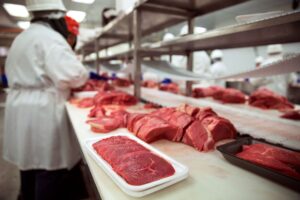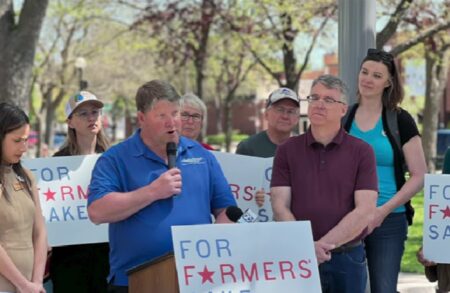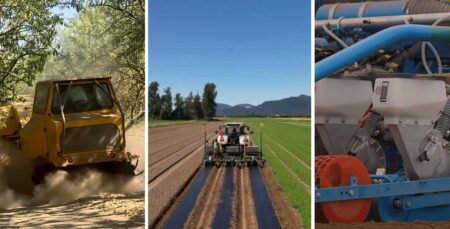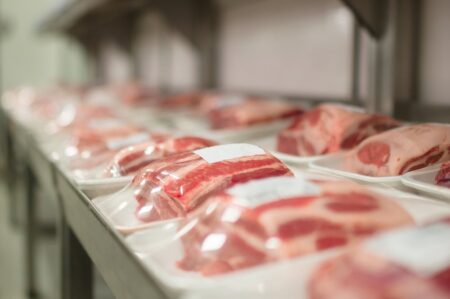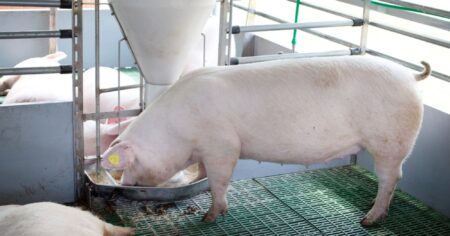While the USDA Crop Progress report remains on pause, here’s a closer look at the status of Wisconsin’s corn harvest in mid-October from an agronomist’s perspective.
Nick Groth, agronomic service representative with Syngenta Crop Protection, shared that corn harvest is well underway in southern Wisconsin and just beginning in northern Wisconsin.
“I would estimate around 15% of corn fields have been harvested across Wisconsin as a whole,” said Groth.
Last year at this time, the USDA reported that 26% of Wisconsin corn had been harvested.
Wisconsin Corn Quality
“Almost all fields across the state have reached black layer now, and moisture levels have continued to drop,” said Groth. “In southern Wisconsin some growers have reported moisture levels even lower than desired in some fields, while in northern Wisconsin moisture levels are just starting to reach a harvestable range.”
So far, Groth said he’s been pleased with generally good yields, consistent with early harvest reports.
The last published Crop Progress report, released September 29, showed Wisconsin had 81% of its crop rated good/excellent. The USDA rated 24% of Wisconsin’s corn excellent. Another 57% was rated good, 14% was rated fair, 4% was rated poor, and only 1% was rated very poor.
“Many yields are in the 225-250 bushel per acre range in southern Wisconsin,” said Groth. “I have heard a few reports of harvest quality issues out of southern Wisconsin. There have been a few reports of high mycotoxins in some fields.”
Mycotoxins
The molds produced by mycotoxins can pose a hazard to animals and to people.
“Environmental stress caused by the weather (drought, hail, etc.) or damaged crops increases the potential for mold and mycotoxin development,” shared Madalyn Shires, Connie Stunk, Connie Tande, and Tracey Erickson in a South Dakota State University (SDSU) Extension article.
“Molds (which are fungal plant pathogens) produce mycotoxins, but molds by themselves do not cause problems for animals, though they can be problematic in grain storage as they continue growing and reproducing thus producing more mycotoxins,” shared the SDSU team. “The mycotoxins produced by these molds can cause significant problems for livestock and significant reduction of prices at grain elevators.”
The fungal pathogens which produce mycotoxins in corn are Fusarium graminearum (also known as Gibberella zeae) – this causes stalk and ear rots and Aspergillus species which lead to ear rots.
“Ensuring that grains are dry and stay dry (15% moisture or less) and cool (55 degrees Fahrenheit) while stored will help deactivate the molds which produce mycotoxins,” shared the SDSU team. “There are a few options for reducing mycotoxin levels in contaminated grains at receiving areas. Mycotoxins are common in the dust that comes off of grains, so dust capture systems can help reduce levels. Heating grain to around 150 degrees Fahrenheit can also reduce the levels of most mycotoxins. In addition, mixing in mycotoxin-free grain can help reduce the overall mycotoxin levels whenever the grain is processed into livestock feed.”
“This will definitely be something to keep an eye on as more grain is brought in across the state,” said Groth.




